As responsible travelers evolve, so do the stories we share.
This article is part of our living archive — trusted content we continue to care for.
First published on April 11, 2016 • Last updated on April 16, 2018.
But you would be wrong.
The Founding of Quito
Almost five centuries ago, Conquistador Diego de Almagro founded Santiago de Quito near the town of Riobamba in a river valley skirting the highest mountain in Ecuador, Chimborazo. That site is in present day Colta, famous for a large lake that annually attracts thousands of migratory birds.
Construction of the first Catholic church in Ecuador, La Iglesia de la Virgen María Natividad de La Balbanera, began on August 15, 1534.
Surprisingly, the Colta capital survived for less than 4 months. Rumor has it that the climate near Colta was too cold and that the Spaniards required a more temperate location. The capital city of Quito moved to a location on the slopes of the Pichincha Volcano.
The Oldest Church in Ecuador
According to historians, when Diego de Almagro arrived to the area, he and his 700 soldiers were met by more than a thousand Inca. In fear for their lives, the soldiers prayed to the Virgen de La Balbanera for protection. She is a Virgin revered in La Rioja, España for helping to convert a thief, Nuño Oñez, from a life of crime. The soldiers believed that the Virgin de Balbanera protected them in their time of need as the thousand Inca merely walked away and left without attacking. In thanks, the soldiers broke ground on what would become the oldest church in Ecuador.
But only four months after the first stones were laid, the capital city moved to Pichincha.
The Design
Despite moving the capital, the conquering Spaniards completed the church with the help of locals. Although the style is typically Baroque in nature, and therefore European, there are clear influences of native Ecuadorian artisans. First, the stones of the church are held together in the way of the Cañari people, who built the majority of the structures before the arrival of the Inca at the ancient temple of Ingapirca.
The basic construction of the walls and the roof are similar to traditional methods used in the high Sierra of Ecuador. Some stones are held together with cangahua, a type of adobe made from local earth, and the roof is constructed with straw (indigenous) protected by tile (colonial).
CARVINGS INCLUDE INDIGENOUS TOUCHES
But even more interesting are the carvings in the facade itself. On the top of four false columns lie the forms of covered pottery jars of the type used to make chicha, a fermented beverage commonly found throughout Ecuador.
Furthermore, two angels appear on either side of the doorway, each carrying a shigra, a bag woven from fibers of the agave plant. The shigra is a symbol of the agricultural community of the high Sierra, especially around Ambato and Riobamba. Today, anyone can buy a handwoven shigra in the local market but shigras were originally made for practical purposes, like holding freshly harvested fava beans or carrying a lunch into the fields.
The front of the church appears to be a jumble of carved stone, some appearing in logical places, and others seeming rather haphazard. In 1797, there was a terrible earthquake which destroyed many buildings in the area. More than a 1000 people died and most buildings ended up in ruins. However, the the oldest church in Ecuador remained standing. So although some people believe the stones to be re-arranged after re-building the church, local lore says that the church has not been reconstructed. In fact, some sources claim that more than 90% of the church is original.
The Oldest Church Today
Today, masses and religious services are still offered to the local community but the church is not always open on a daily basis. The best chance of seeing the interior of the church is to visit on weekends or holidays. Then, the doors are wide open, vendors selling local goods fill the adjoining parking lot, and small, makeshift restaurants pop up selling the most popular dish in all of the Sierra, hornado.
International tourists visit the church during a day trip on one of the Ecuadorian tourism train routes:
- The Tren del Hielo runs once a day on Saturday and Sunday from Riobamba to Colta and back. It is a short half day trip.
- The Tren de la Quinua runs Tuesday through Friday and the afternoon train from Alausi to Riobamba stops in Colta. If you are starting in Riobamba and want to see the church, you will have to purchase roundtrip tickets or find an alternate way to arrive in Alausi before the return trip begins in the early afternoon.
But many other tourists arrive by car. A few take the bus from Riobamba to Colta.
If you’re lucky to show up on a sunny, clear day, you might also have the chance to snap a photo of the oldest church in Ecuador with the highest mountain in the world (as measured from the center of the earth), Chimborazo. Not too many people can lay claim to that. In fact, the above featured photo of this article was kindly shared by David Muñoz of Deyvid Travel on his last tour to the La Balbanera.
La Iglesia Balbanera
Information For Your Trip
- Direction by Car: use WAZE and look for Iglesia de Balbanera
- Direction by Public Transportation: From the Bus Terminal in Riobamba, purchase a ticket to Colta. The church is on the outskirts of town.
- Directions by Train: For more information on tours with Tren Ecuador, please visit their website.

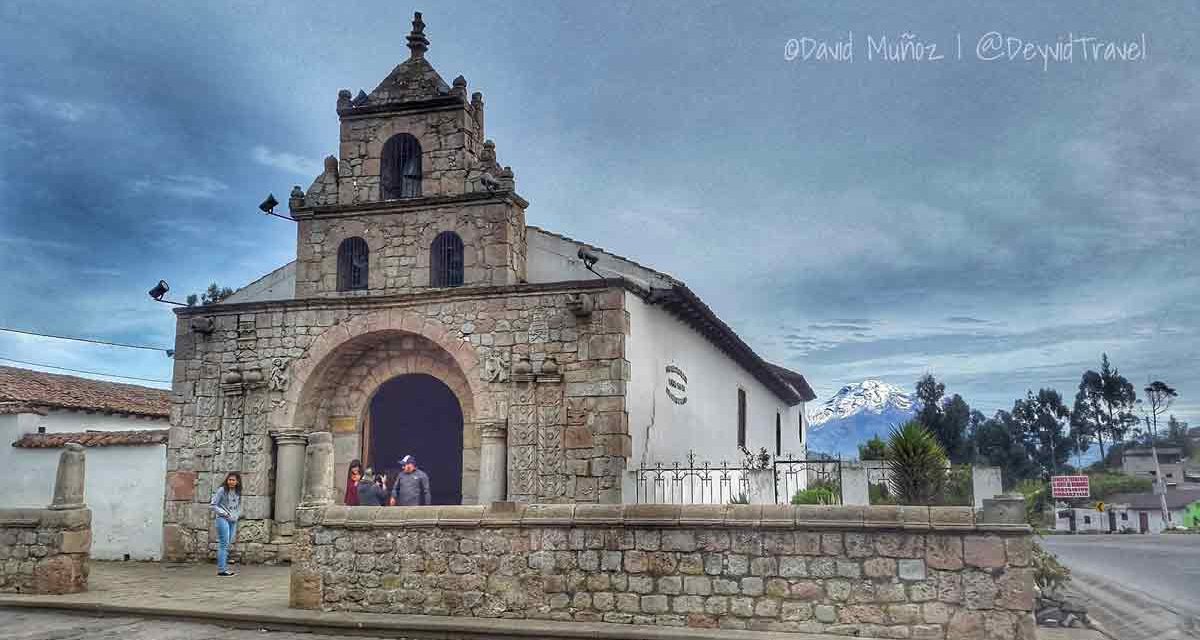

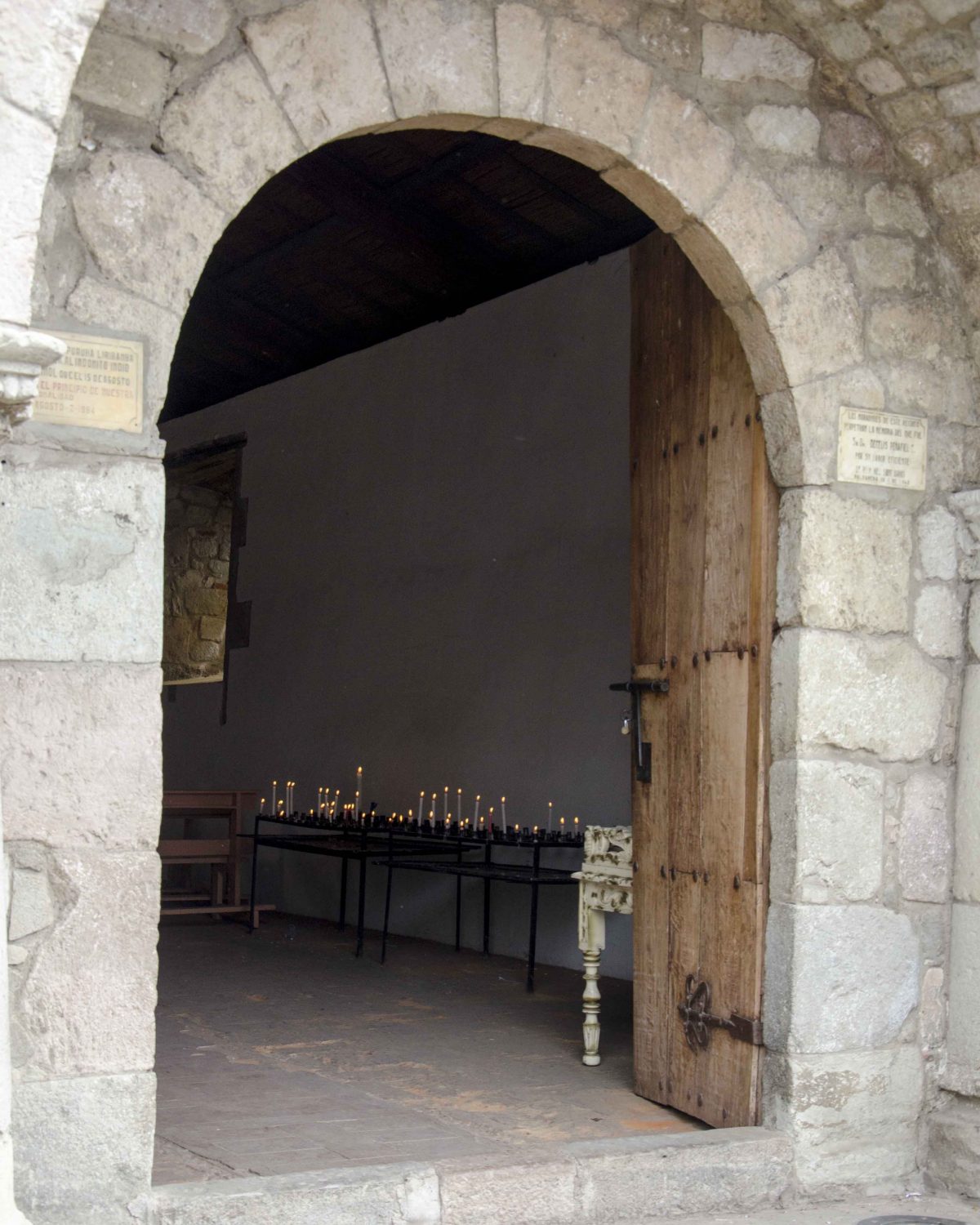

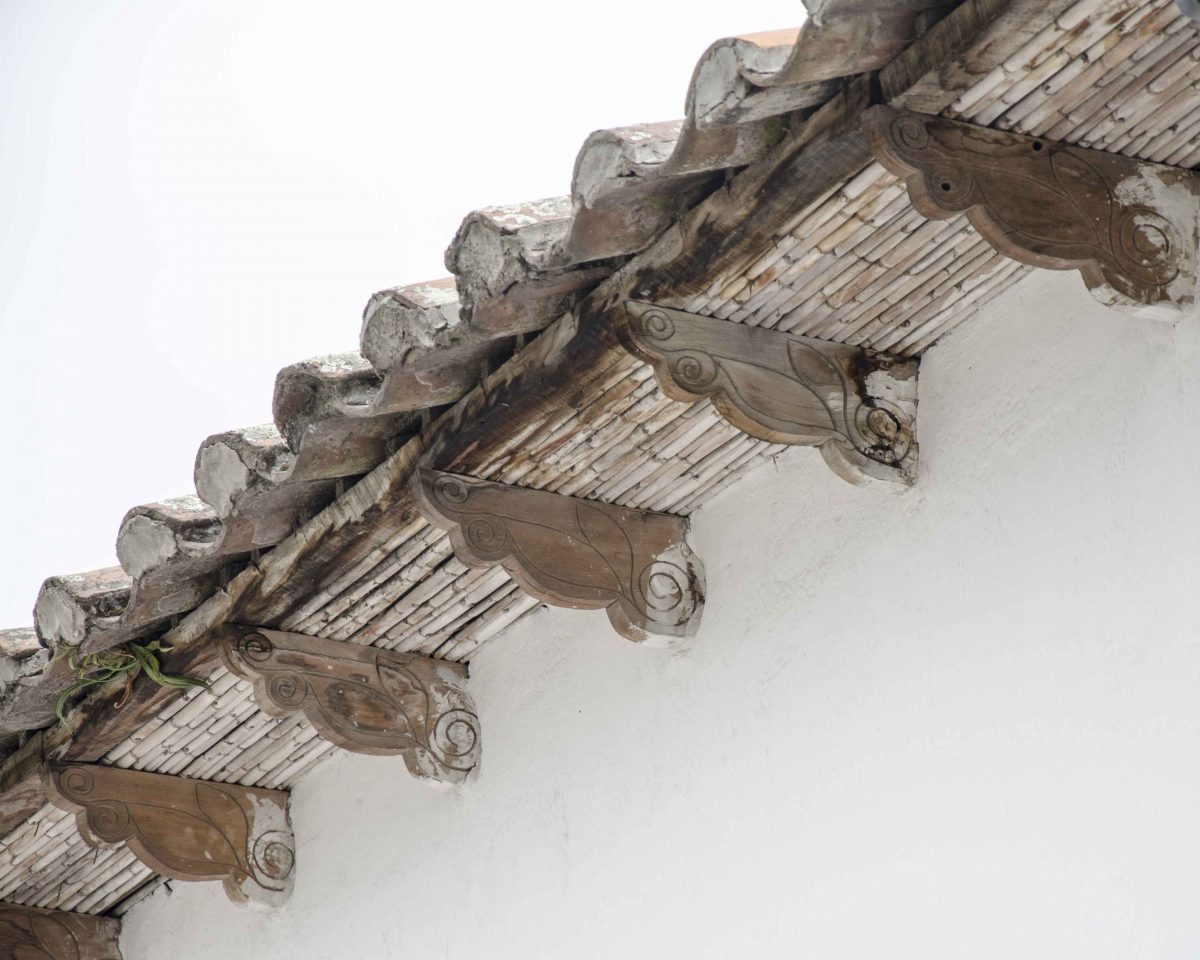
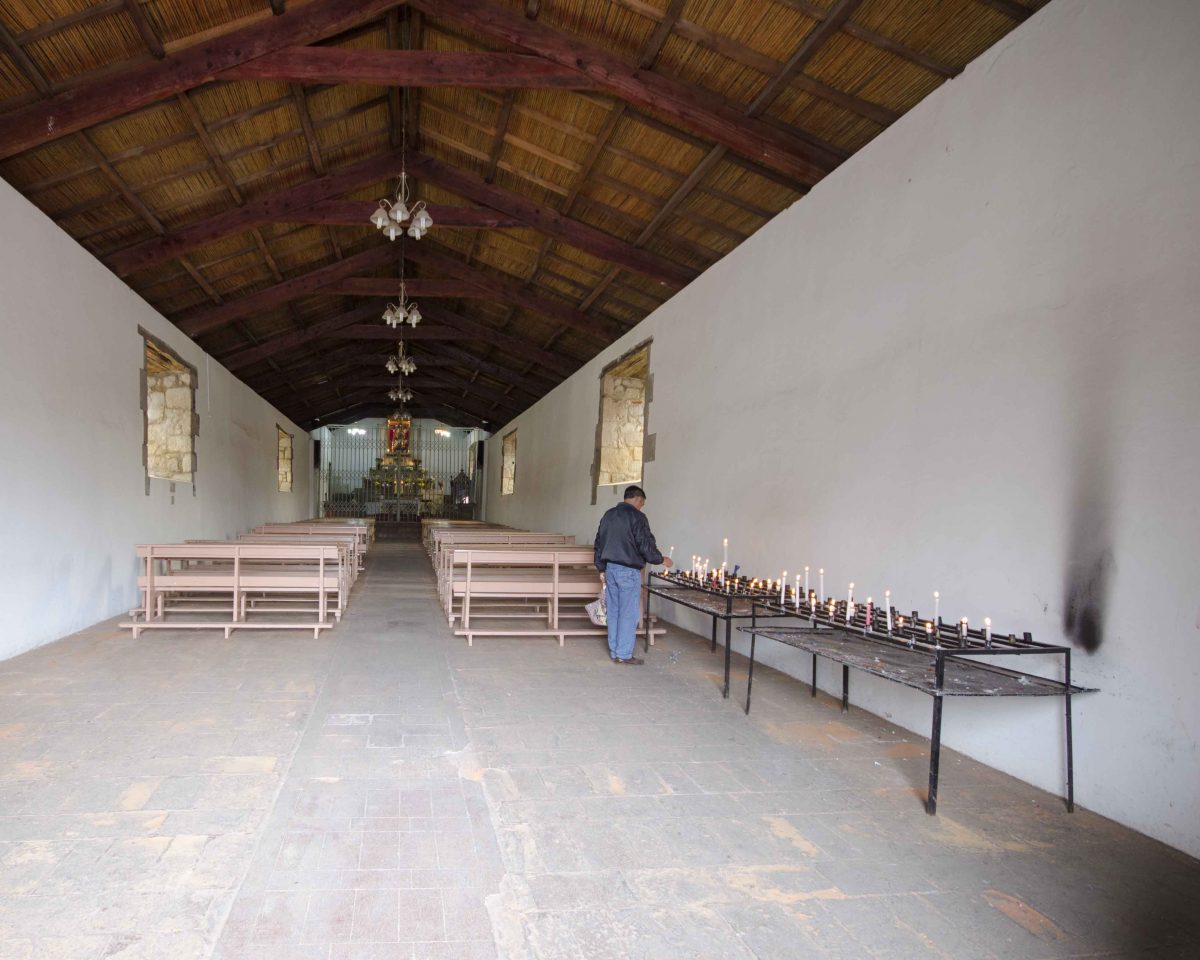
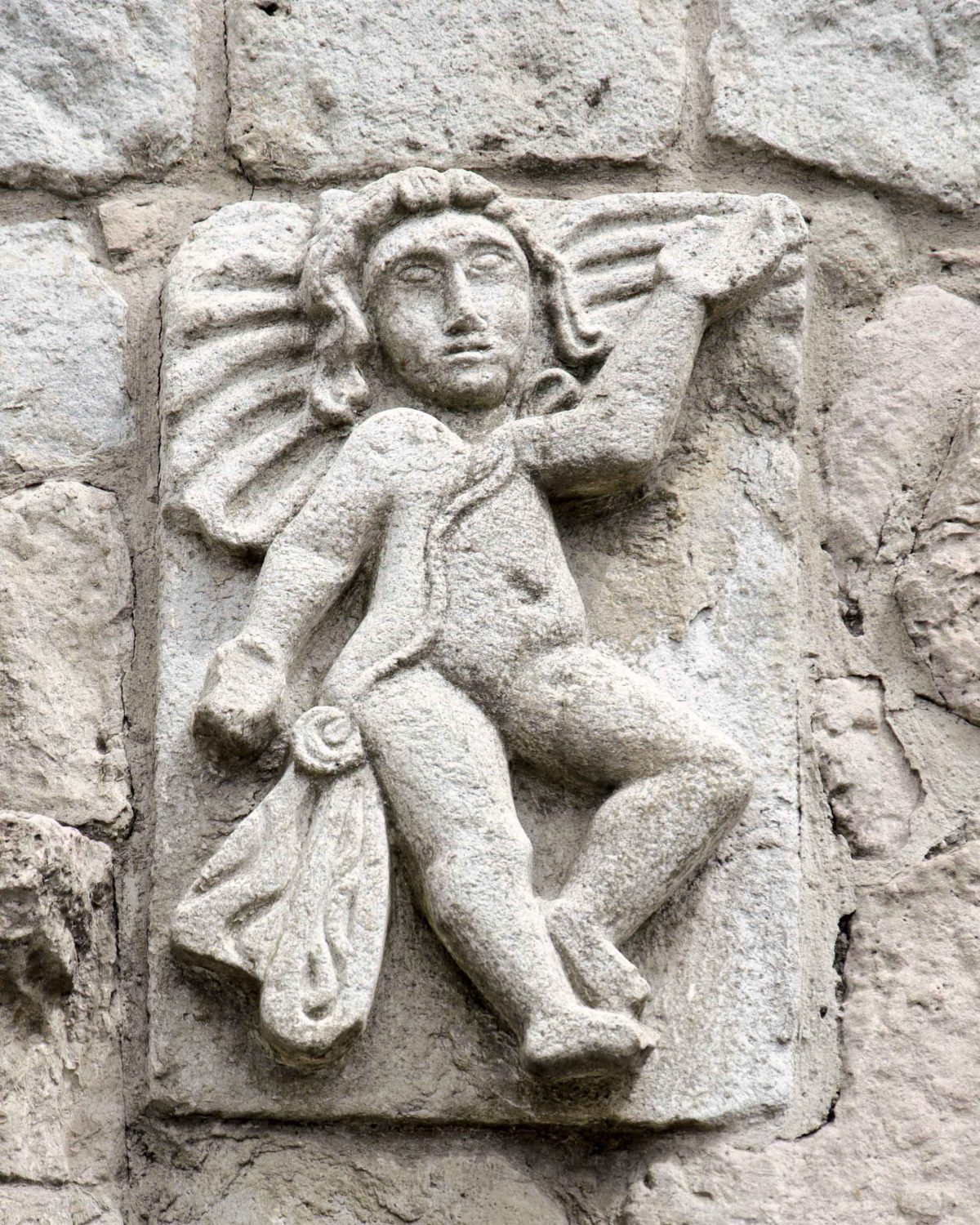
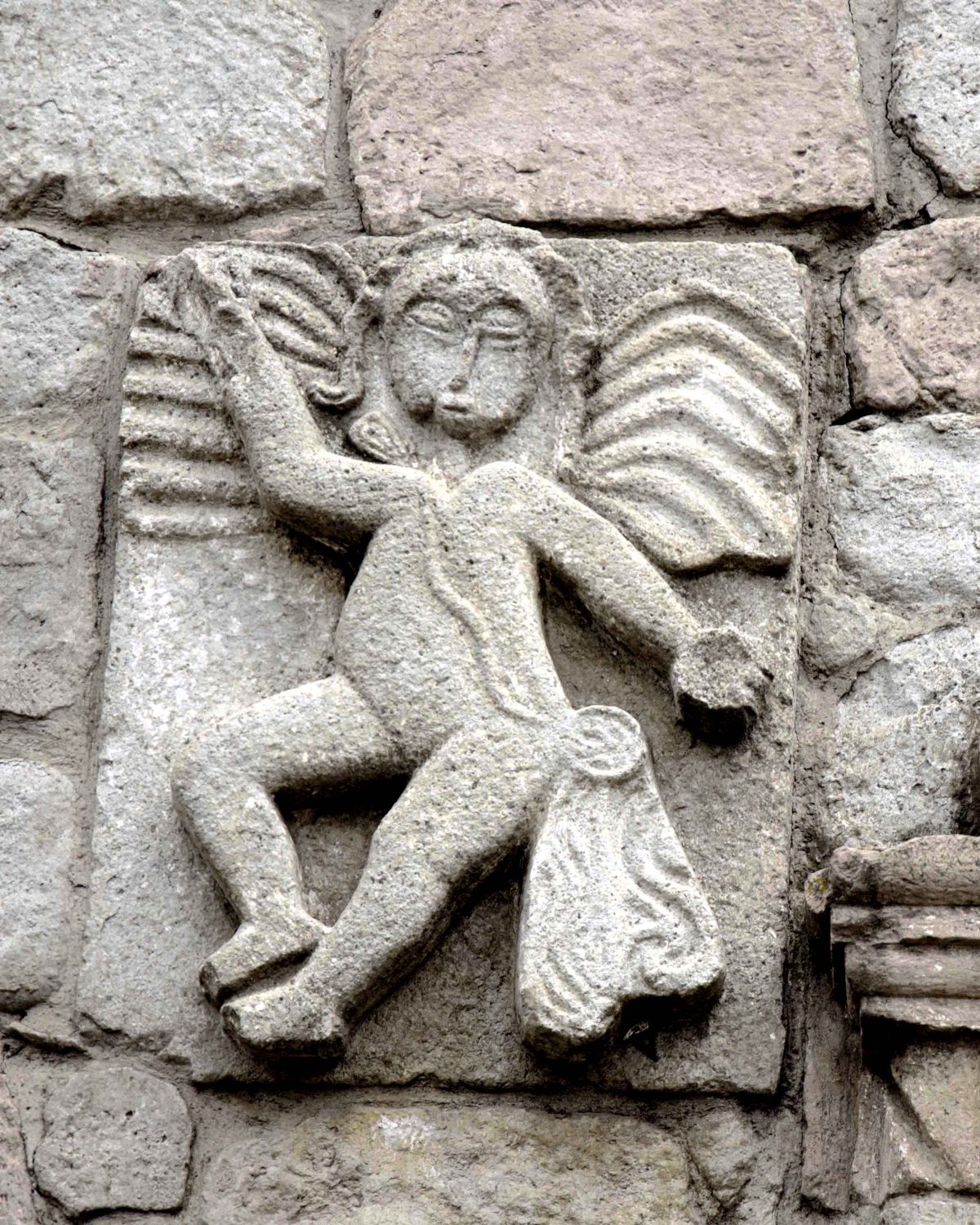
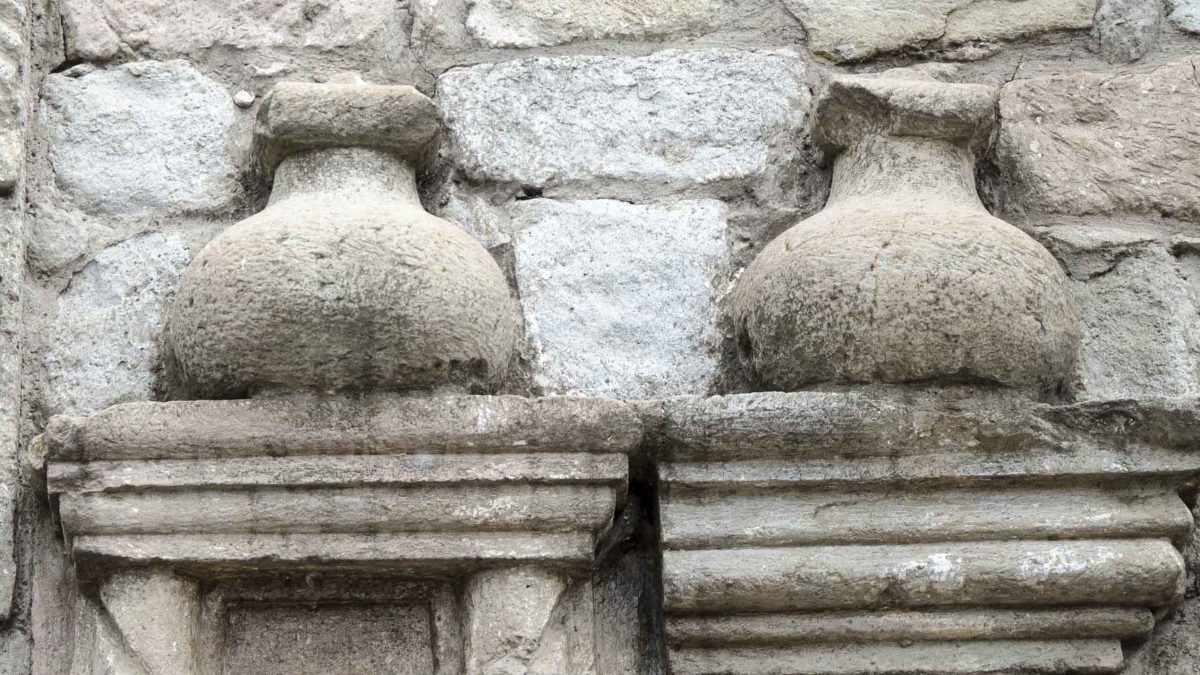
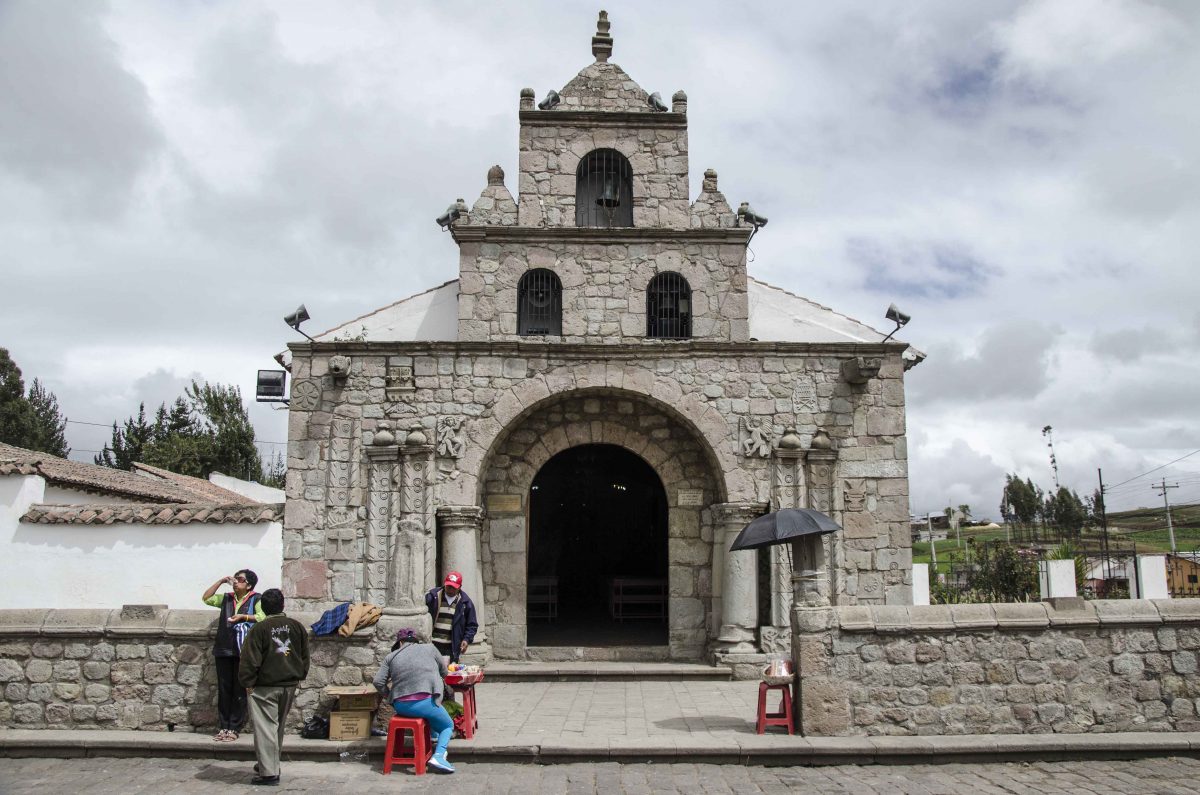


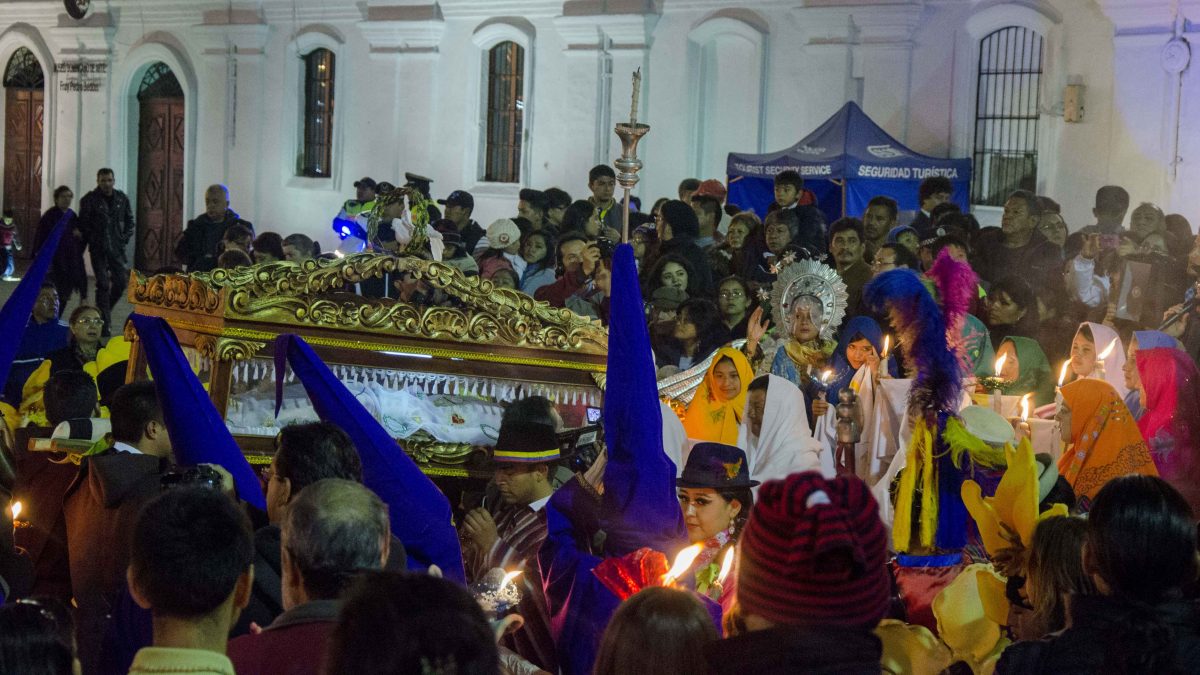


















I love this! Thank you for writing it, and sharing it. I cannot wait to return and explore! Please send me any and all things Ecuador and history.
I’m sooo excited and profoundly touched to have stumbled into you and your information!
Nina
We’re glad you found us as well! Feel free to browse our website for more articles or send me an email with your questions. I’ll see if I can help you out!